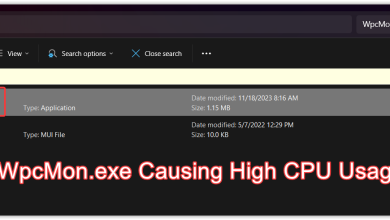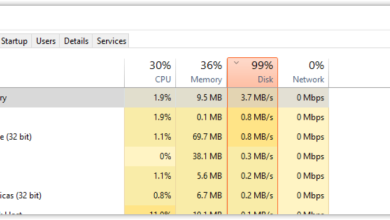How to Fix Adobe CEF Helper High Memory or CPU Usage?
Adobe CEF Helper is a background process to render components by Adobe Creative cloud. However, the Adobe CEF Helper can sometimes consume high CPU or Memory resources due to the missing adobe creative cloud components files, interference of third-party software, and other reasons. Even though it might not be from the adobe creative cloud, there can be several other reasons behind this issue.

Even if the adobe creative cloud does not run in the background, the issue can still be triggered, as the Adobe CEF helper can idle in the background, waiting to keep components updated.
Before moving to the solution, we recommend taking a look into the causes, which we have listed here:-
- Corrupt System files – Corrupt system files can lead to this issue and it may not be specifically from the Adobe Creative Cloud. Repairing the system files might help.
- Adobe Creative Cloud Might be Damaged – There is a chance that your Adobe Creative Cloud is broken or damaged, as some users have reported that it can cause this issue. To avoid it, either repair or reinstall the Creative Cloud.
- Interference of Antivirus – High Memory usage due to Adobe CEF Helper can also result from unnecessary interference from third-party antivirus software. You can try disabling your antivirus program to fix this issue.
1. Repair Adobe Creative Cloud
The issue is most likely to occur when the Adobe Creative Cloud files are broken or damaged by third-party programs. Therefore, try repairing Adobe Creative Cloud by following the instructions below to fix this issue:
- Download the Creative Cloud Uninstaller from the link according to the Windows version
- Right-click the downloaded ZIP folder and click Extract to “Creative_Cluoud_Uninstallerwin”
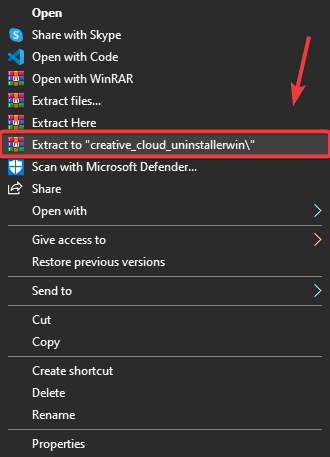
Extracting Creative Cloud Uninstaller - Navigate to the UNZIP folder and run the Creative Cloud Uninstaller
- A short Windows will pop up; click Repair

Repairing Adobe Creative Cloud - Once done, check if the Adobe CEF Helper still has high memory usage.
2. Kill The Task From the PowerShell
You may not be able to fix this issue by simply end-tasking Adobe CEF Helper, as this process will run automatically even if you do so. However, once you have repaired the adobe creative cloud files, you will be able to end its process via Powershell. Follow the steps:
- Press the Windows Key and type PowerShell
- Right-click the PowerShell and click Run As Administrator
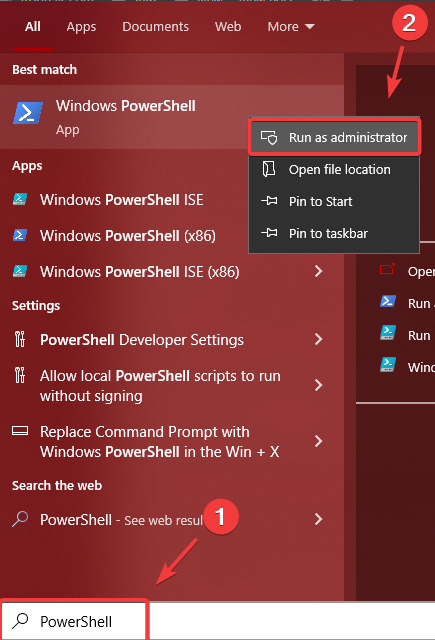
Opening Windows PowerShell - Now copy the following command line and paste it into the PowerShell terminal
taskkill /t /f /im "Creative Cloud Helper.exe"
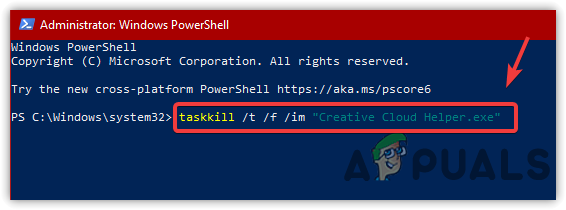
End Tasking Creative Cloud Helper - After that, your CPU or Memory usage won’t use by the Adobe CEF Helper.
3. Disable Launch Creative Cloud At Login
If the issue has not been resolved, you can uncheck the option called Launch Creative Cloud At Login, which will prevent the Creative Cloud from opening at the startup. However, it won’t disable the processes that are required by the Creative Cloud. As per the affected users, disabling the Creative Cloud at login has fixed their issue. Therefore, follow the steps to do that:
- Click Settings in the top right
- Go to Preference and click the General
- Untick Launch Creative Cloud at Login

Disabling Launch Creative Cloud At Launching - Restart your computer to check if the issue persists.
You can also prevent the Adobe CEF Helper from running by disabling the Adobe Creative Cloud process at the startup. After disabling Creative Cloud, you will not see the Adobe CEF Helper in the Task Manager unless you launch the Creative Cloud or its components. Below are the steps to disable Adobe CEF Helper the startup.
- Open Task Manager by pressing Ctrl + Shift + Esc
- Go to Startup from the top
- Select Adobe Creative Cloud and click Disable
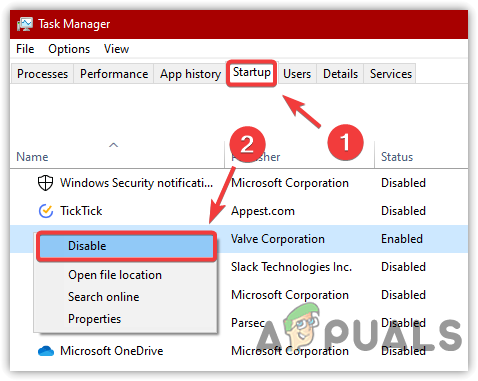
Disabling Startup Apps - Now restart your computer to check if the issue is resolved.
4. Perform a Clean Boot
If the above method did not help fix this issue, try disabling all the unnecessary services along with the third-party applications by performing a clean boot. This process is used to diagnose which third-party applications could be causing the issue. In this case, we don’t need to diagnose any application directly. However, we need to disable all the programs that are not necessary for booting Windows, including Adobe Creative Cloud and its processes.
- To perform a clean boot, press the Win + R to launch Run Program
- In the search box, type msconfig in the box and hit Enter
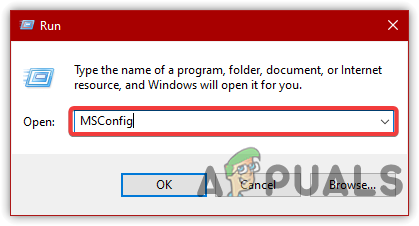
Opening MS Configuration - Select the Selective Startup, then go to Services
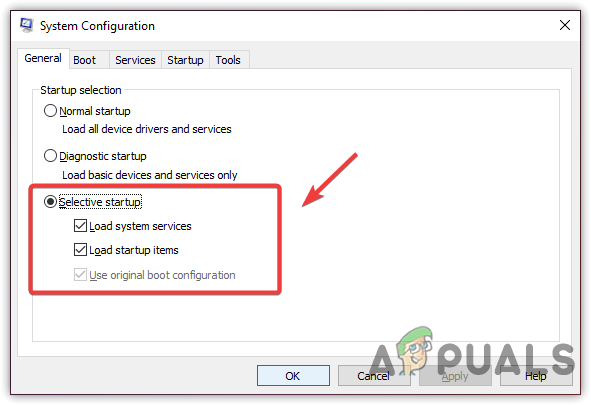
Click Selective Startup - Check the Hide All Microsoft Services and click Disable All
- Then, click Apply and click OK
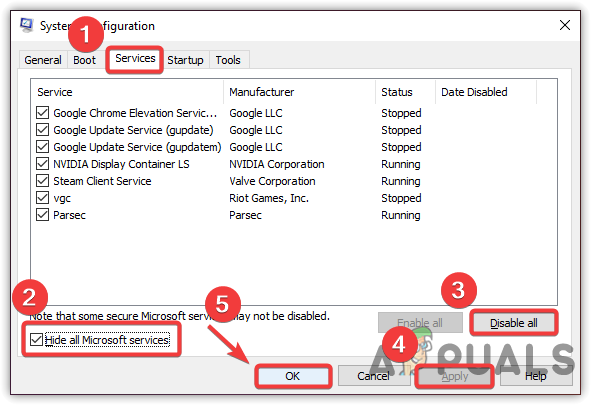
Disabling Irrelevant Applications and Services - Restart your computer to check if the issue is fixed.
6. Disable Third-Party Antivirus
The issue can also be caused by third-party antivirus software as it can conflict with the Adobe CEF Helper, which can cause high memory or CPU usage. Hence, try disabling the third-party antivirus temporarily. Below are the steps to disable third-party antivirus:
- Right-click on your antivirus icon from the bottom right of the system tray
- Hover the mouse over Avast Shields Control
- Click Disable For 10 Minutes
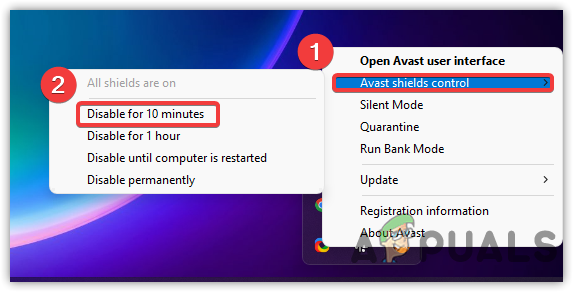
Turning Off the Third-Party Antivirus - Once done, check if the issue is fixed.
7. Reinstall Adobe Creative Cloud App
If neither of the solutions worked, the final option you can try is to reinstall Adobe Creative Cloud, as it might fix this issue. According to several users, reinstalling Adobe Creative Cloud can help. Follow the steps to reinstall Adobe Creative Cloud: To uninstall Adobe Creative Cloud, you must first uninstall all the Adobe software. To do that:
- Open the Adobe Creative Cloud and click on Installed
- Click the three dots on the right side of the application
- Then, click Uninstall, then click Remove

Uninstalling Adobe Photoshop - Once done, go to Settings > Apps
- Locate Adobe Creative Cloud, then click Uninstall
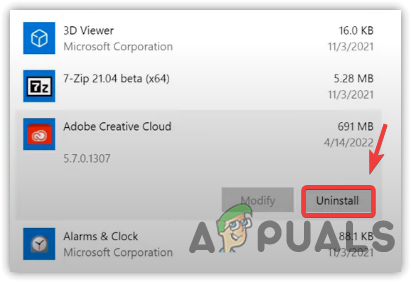
Uninstalling Adobe Creative Cloud - Again click Uninstall to confirm
- Once done, download and install Adobe Creative Cloud from the official website.

